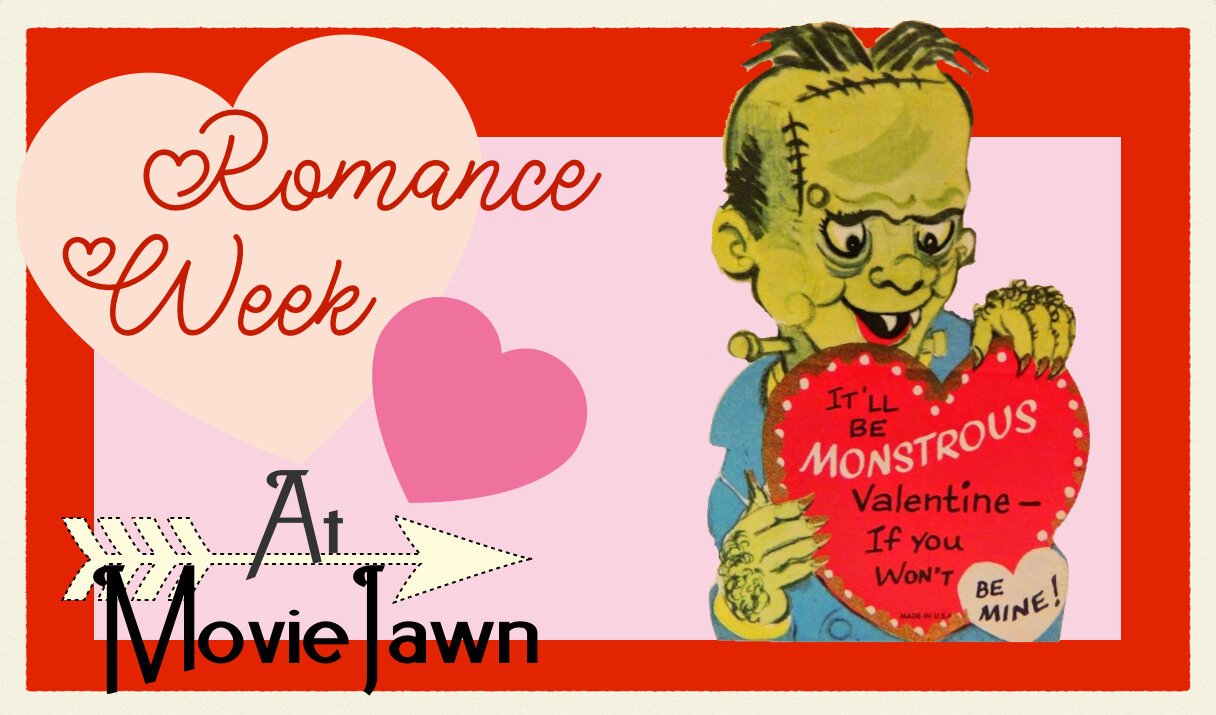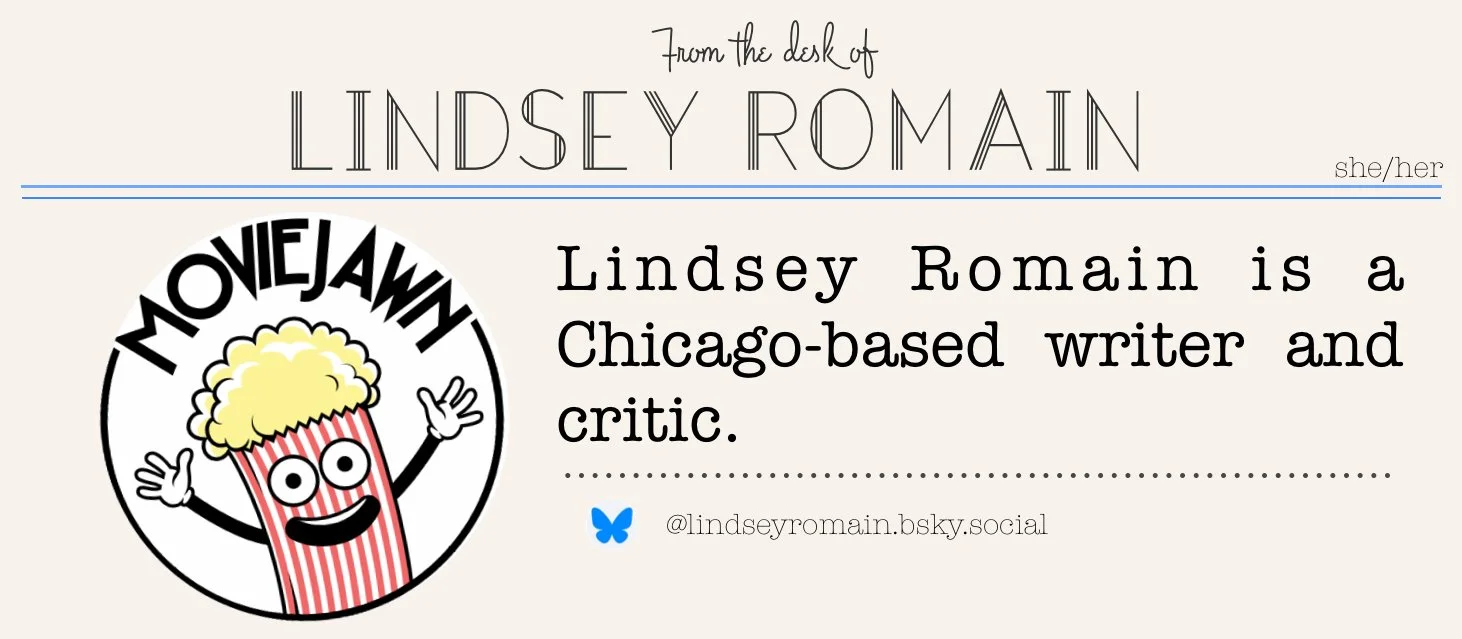Romance Week: Valentine's Day Double Feature–Romance, obsession, and the uncanny in MULHOLLAND DR. & THE BEAST
by Lindsey Romain, Staff Writer
Love is, by its perilous nature, something unquantifiable and nonsensical. How does it happen and what does it mean to give it, feel it, recognize it? Some may think of love in the language of dreams; airy, foggy feelings that drift through the subconscious and fill it with the poetry of yearning. But love is also, as many of us know intimately, a nightmare. Even the best love carries with it an inherent pain. Destruction is always near the surface, as is the unshakeable sense that this may all be a mirage of the mind. A lie we tell ourselves to assuage greater fears; that we are unknowable, unlikable, destined for solitude. There is also, of course, an even darker possibility: that love can be, at its worst, an inescapable manipulation.
Love as nightmare is a theme in both David Lynch’s Mulholland Dr. (2000) and Bertrand Bonnello’s The Beast (2024), an intriguing Valentine’s Day double feature idea for those seeking stories that shed the vanity of love and cut to the bone-singed gristle. Both films that operate in the language of dreams, the ephemera and the grime of the anima. They are not easy stories to digest; in fact, both are downright queasy. And though they operate on different frequencies in many ways—with different story structures, ideas, and character archetypes—there is parallelity in their frequencies. Mulholland Drive dissects the idea of love as an illusion of self and fate, while The Beast views it as a predetermined force transcending time. Both trap their leads in emotional loops, tethering them to fates they cannot change. These are stories that show love as a compulsion and sickness—stories doomed for gory repetition.
Love as a Hollywood fantasy turned nightmare
While dreams are not made literal or obvious in Mulholland Drive—because nothing is literal or obvious in Lynch films—it’s clear that there is an inversion at play. There are two versions of many main characters, including our central pair, played by Naomi Watts and Laura Harring. We first meet Watts as Betty, a chipper ingenue fresh off a plane to Los Angeles with dreams of being an actress, and Harring as Rita, stumbling from the wreckage of a car crash with amnesia—she doesn’t remember who she is or how she got there. Their stories interweave into a noir narrative, Betty obsessed with finding the truth behind the mystery of Rita, all the while pursuing her Hollywood ambitions. The two fall in love and together trapeze an ever-beguiling, dreamlike fantasy world of Los Angeles.
But then the dream collapses. We suddenly shift into a world without the technicolor glaze of the first few acts; there is a muddy quality to this new mise-en-scène. Watts is now Diane, a down-on-her-luck actress in love with Harring’s Camilla, a more successful and elegant star who has moved on from Diane. Here, we see what’s likely been going on all along. Diane’s obsession with, and desire to possess, Camilla manifested as a more innocent dream in the first few acts of the story. An unknowable amnesiac who needed Diane’s help, not a fully formed woman in control of her desires—a fact Diane simply cannot accept, so she concocted a more delicious fantasia. But even in the dream world there is evidence of the doomed and fevered nature of the relationship. “It’ll be just like in the movies,” Betty says to Rita at one point. “Pretending to be somebody else.”
But “pretending” is never sustainable. Identities bleed, the illusion crumbles, and love is left to rot under the California palm trees and Hollywood sign. Diane, rejected by Camilla, becomes an empty vessel of jealousy and self-loathing. The concept of love, the thing that made her feel most alive, is also the source of her destruction. When she breaks down in tears near the film’s end, she is not just mourning Camilla, but the love itself—the unquenchable inevitability of its impermanence.
Love as an inescapable consequence
In Mulholland Drive, love is fragile and temporary, but in The Beast, it’s cosmic and unavoidable. The film reimagines Henry James’ novel The Beast in the Jungle into a genre-blurring meditation on love’s terrifying, consequential inevitability. If Mulholland Drive asks whether love is real, The Beast suggests that it might be too real—that you can never outrun it, even in past lives.
The film follows Léa Seydoux’s Gabrielle and George MacKay’s Louis, who meet across multiple timelines—1910, 2014, and a dystopian 2044 future where AI governs and human emotions are considered a dangerous liability. In each of these iterations, Gabrielle and Louis are unknowably allured to one another. They connect through a sea of people, are thrown together by random circumstance, even intersect violently. Their love has the quality of something ancient and predestined, but also lacks the more outward features of traditional relationships. In each timeline, their coming together never quite lands—it is a series of near-misses more than it’s a story of lovers consistently finding one another, courting, marrying. That they never quite get together is part of the film’s tragedy.
That’s likely due to Gabrielle’s fierce self-protection. To love, truly and deeply, is to open oneself up to the possibility of pain. But there’s something stubbornly risk-adverse in Gabrielle, some latent fear of vulnerability that makes Louis’s interest feel like intrusion. She senses that loving Louis will bring her ruin, and in her resistance and avoidance she winds up manifesting circumstances that bring the pain and death she fears. In 1910, they drown in a flood. In 2014, he’s a violence-prone incel.
This culminates in an ending where, as we learned at the beginning, Gabrielle is attempting to purify her DNA in the future to eliminate her stronger emotions. She fails the purification and seeks out Louis, realizing she’s finally ready to be with him, to open herself up to all she’s been avoiding. But when she finds him again, she realizes he’s now undergone purification himself and is therefore incapable of the deep feelings she fought for. She learned her lesson through observing past lives, but it was too late. They’re destined to never love one another the same way.
A Valentine’s Day double feature for romantic cynics
Mulholland Drive and The Beast both dabble in doppelgänger storytelling, mirrored iterations where the reflections are distorted; where love is both an intoxicating elixir and deadly poison. Each shares a fascination with time, how it loops and its ability to trap and devour. Diane is doomed to repeat her heartbreak over and over in the purgatory of her own subconscious because of her inability to love non-obsessively; Gabrielle is destined to find Louis in every timeline but never quite reach him because of her fear of vulnerability. Characters in each story shape-shift between fantasy and reality, in dreams or past lives, forever plagued by the ghosts of lingering desires, the mistakes they were always meant to make.
So why watch these two films on Valentine’s Day if they’re so bleak? For those of us who hunger for love stories that go beyond surface-level attraction and joy, Mulholland Drive and The Beast speak to deeper truths. They fulfill the entertainment receptors that understand that love is an undercurrent of our lives as destructive as it is delightful. Love bends time, warps reality, lingers long after it’s gone. These are stories for people who don’t come to love as easily as others. Who’ve been maimed by it, abandoned by it, who’ve felt the weight of longing and the disappointing lack of reciprocation. Who are romantics anyway, knowing that love can undo them as much as it can make them whole.
It’s a double feature that can help us wander through love’s most unsettling corners; the inescapable memories, the illusions we build and tear down, the forces we cannot control. But in recognizing that, in absorbing these movies and their parallel messages, we can learn lessons, too. We can resist the patterns Betty and Gabrielle can’t escape. We can correct the narrative—give up on those obsessions, open ourselves up to the consequences of love. Because nightmarish and punishing as it might be, Lynch and Bonnello both understand it’s the most important thing in the world, too—and they’re warning us what happens when we don’t let it be.
Support MovieJawn Staff
〰️
Support MovieJawn Staff 〰️
With the death of so much print media and meaningful journalism, it is important now more than ever to support the writers and outlets you love.
If you enjoyed this article, show your support by donating to our writer. All proceeds go directly to the writer. Recommended donation is $5.






